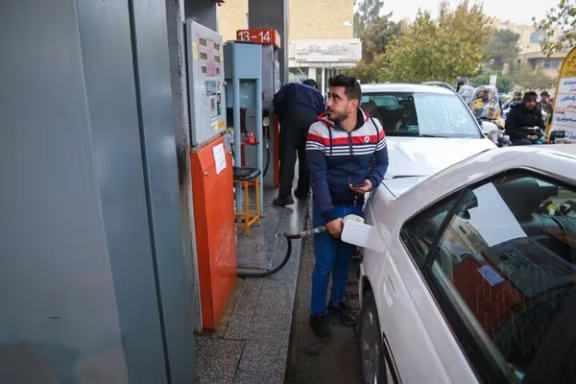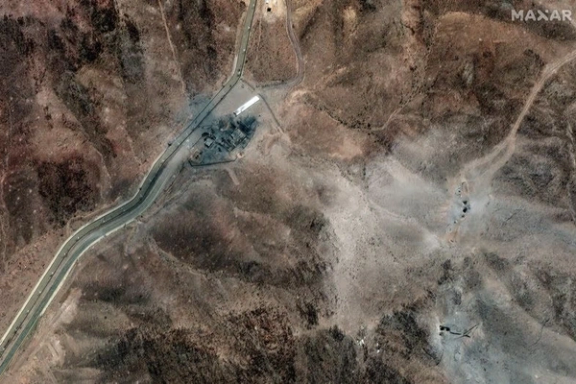“(Iran) was a very big, strong bully. And they used that power very strongly across the Middle East, and they really controlled it. But they don't control it anymore. They're not respected anymore at all,” Trump said in the interview conducted on October 15 and published on Thursday.
Trump said US airstrikes in June “bombed the hell out of” Iran’s nuclear facilities and “knocked out their nuclear potential,” leaving Tehran “fighting for survival."
The return last month of UN sanctions triggered by European powers has further strained Iran's economy after a punishing 12-day war with Israel and the United States.
Trump added that sanctions had left Iran “very weak,” citing the killing of senior Iranian military commanders, including Qassem Soleimani in a US drone strike in 2019, as key to curbing Tehran’s power.
Talks with Tehran over its disputed nuclear program began earlier this year with a 60-day ultimatum. On the 61st day, June 13, Israel launched a surprise military campaign which was capped with US strikes on June 22 targeting key nuclear sites in Esfahan, Natanz and Fordow.
“By doing it, we were able to—you see, if Iran was sitting there, powerful and a bully, it would have been impossible to make a deal like this, because you would have had this looming threat over the region. Now it’s not a looming threat,” Trump said, referring to a Gaza ceasefire he clinched this month.
Iran denies seeking nuclear weapons and has called the attacks illegal.
The US President told the Israeli Knesset last week that it would be ideal if Tehran could be folded into a broader Middle East peace deal. Still, he has often mooted bombing Iran again if it seeks to rebuild its nuclear program.
Iranian Supreme Leader Ali Khamenei appeared to rule out any renewed talks with Tehran in a rare speech on Monday. He denied the attacks had destroyed the nuclear program, telling Trump, to "keep dreaming".
Bush invasion, Obama deal
Trump criticized previous administrations for their Middle East policies, saying the so-called War on Terror disrupted the balance between Iran and Iraq.
“The problem was when Bush went in and blew up Iraq, he destabilized the region, because when we blew up one of the two powers, all of a sudden you had one bully," Trump said, referring to Iraq and Iran. "See, they weren’t bullies when they were fighting each other. But when one fell, Iran became a serious bully.”
Trump called the 2015 nuclear deal with Iran under the Obama administration another grave mistake, arguing it failed to stop nuclear proliferation.
“Under the Iran nuclear deal, they would have had a massive nuclear weapon by now. You know, it expired a long time ago. I canceled it, but I said it was ready to expire anyway. They had a clear road to a nuclear weapon—unchallenged,” Trump said.
Iran said its nuclear program was peaceful and that repeated US accusations were aimed at justifying aggression.
















